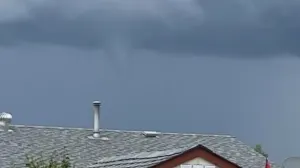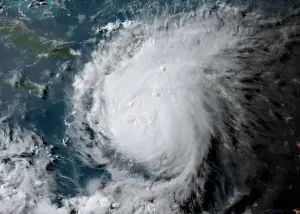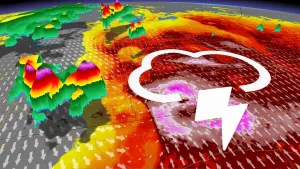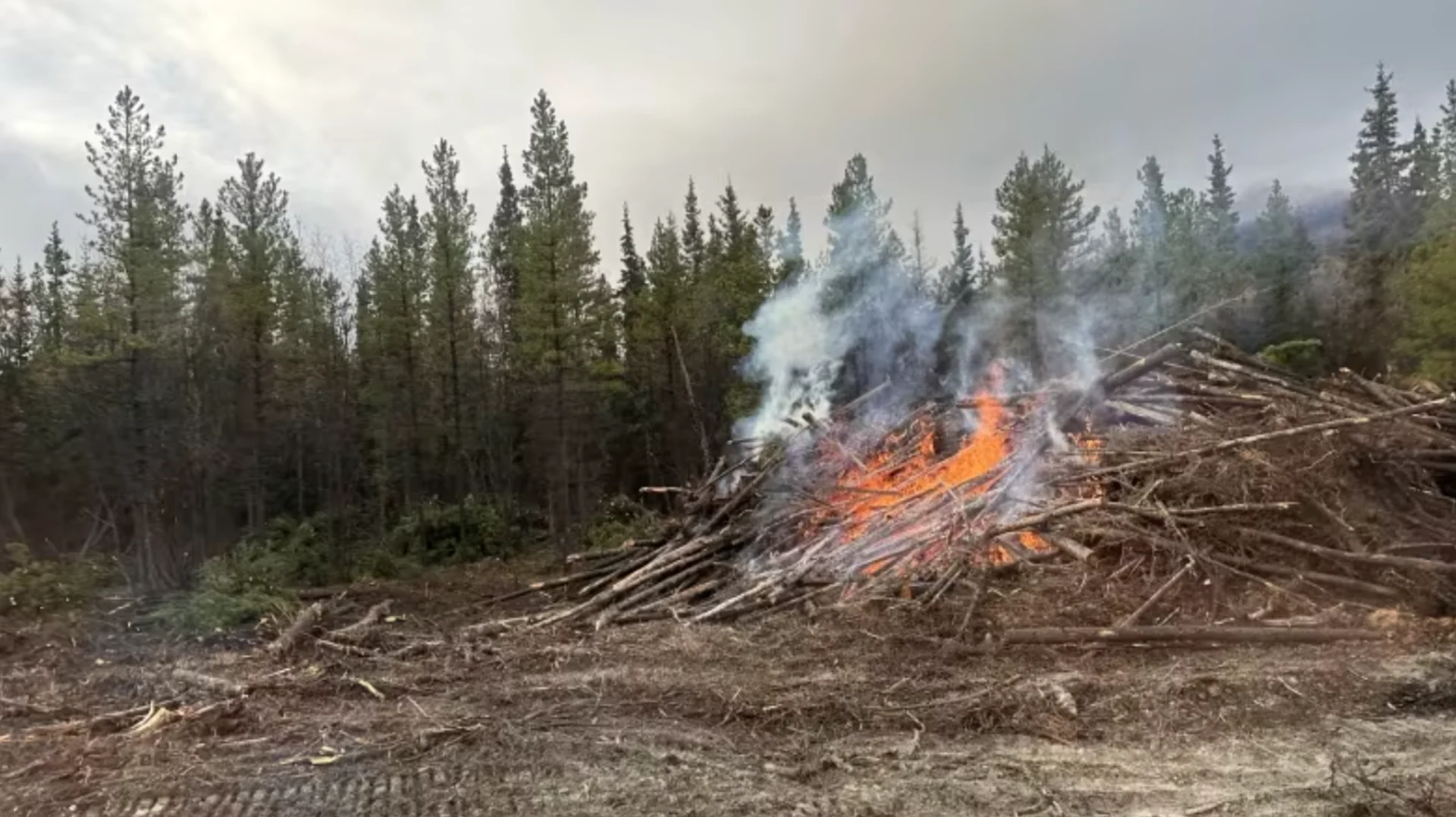
'Canada's first' permanent firebreak — made out of trees — in progress
Visit The Weather Network's wildfire hub to keep up with the latest on all wildfires across Canada
In Whitehorse, Crews in Whitehorse are in the process of building a very different kind of firebreak — one made out of trees.
The Yukon Government is calling it "natural infrastructure."
Most cities build firebreaks on a temporary, seasonal basis, and focus on removing potential fuel sources – like trees and shrubs – rather than planting more.
But this project involves clearing a corridor of flammable tree species, like conifers, and replacing them with a band of fire-retardant, deciduous species like Aspen.
SEE ALSO: These historic trees need saving in B.C.
The ambitious design incorporates contemporary wildfire research as well as Indigenous traditional knowledge.
"This is the country's first-ever permanent firebreak," said Yukon minister Richard Mostyn. "This is an example of the territory leading the nation."
Mostyn described the project as a partnership between all three levels of government. On Oct. 13, the federal government announced the project would receive $750,000 through its 2 Billion Trees initiative. The Yukon Government is paying for the rest of the the $1.1 million balance for the initiative.
Officials plan to clear 365 hectares as part of the firebreaks, and plant more than 400,000 trees.
Back in 2016, the Yukon Geological Survey has produced community hazard maps that address a range of possible threats, from flooding to wildfires. As part of that work, the city of Whitehorse commissioned a report from the University of Alaska which showed significant risk to the Yukon's most populated city.
In 2020, the Yukon Government drew from that research to begin work on a wildfire strategy.
The break near Mount Sima, where construction efforts are currently focused, is meant to ensure a protective barrier at Whitehorse's weakest point. The area typically sees strong wind from the south and borders on 1.5 million hectares of old growth forest.
SEE ALSO: This animal lets you know when fall is here and what kind of winter to expect
These burns, and the occasional puffs of smoke they generate, have not been popular with all Whitehorse residents. Some have expressed fears about changes to the landscape, and damage to the environment as smoke enters into the nearby subdivisions of Wolf Creek and Mary Lake, or even downtown.
But for most, the hive of activity to the south of Whitehorse is tucked away, out of sight.
For Yellowknifers, visible sections of missing trees and torn up ground along alnog the city's perimeter serve as regular grim reminders of an unprecedented wildfire season.
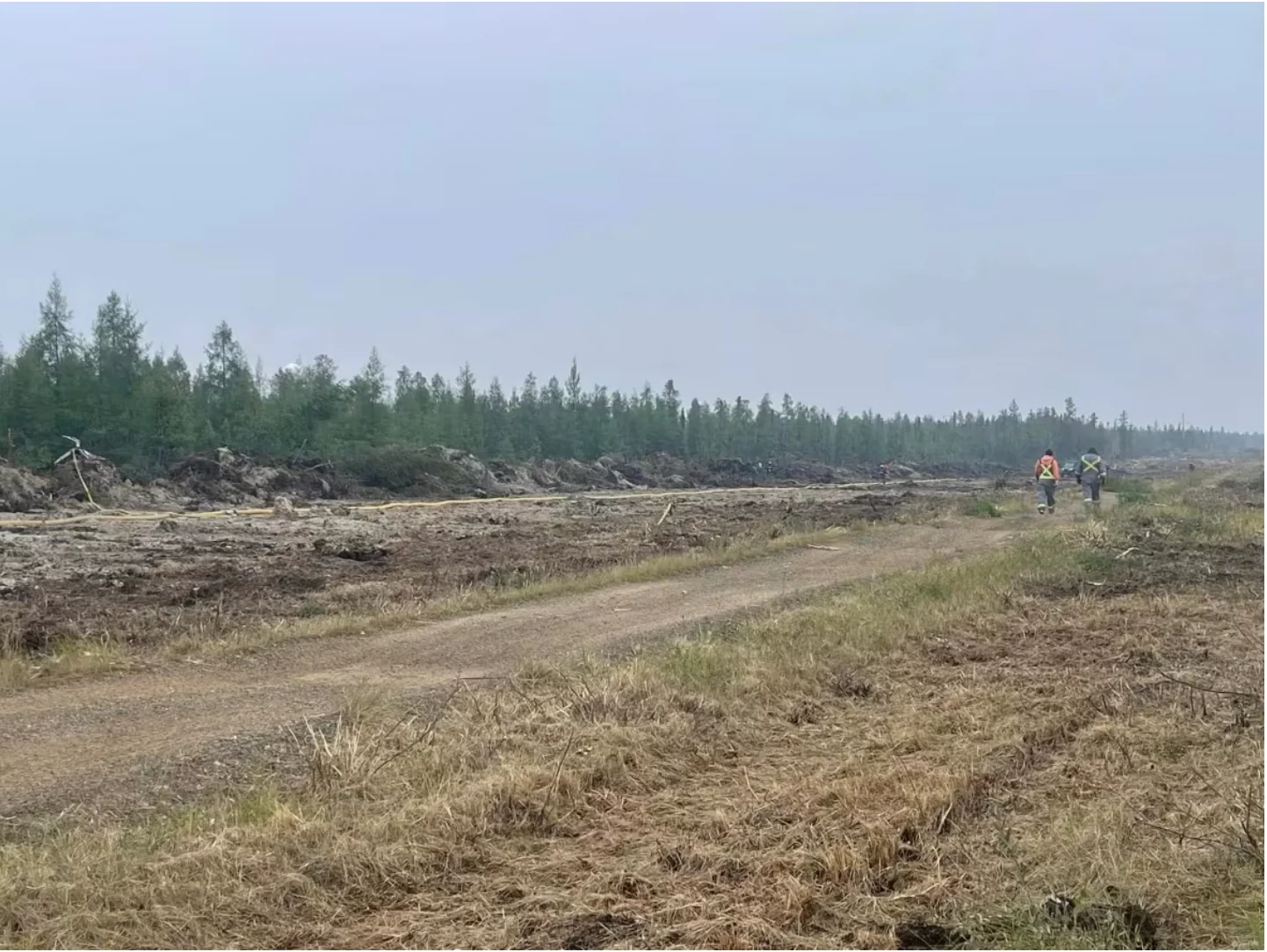
Fire breaks around Yellowknife on August 17. (Chris Greencorn/City of Yellowknife)
"Even driving by the burns, I get sad," said Great Slave MLA candidate Katrina Nokleby. "And the way it's been done, just bulldozing… I wonder as a geological engineer what that's done for soil erosion and melting of the discontinuous permafrost."
Lisa Walker is the director of wildland fire management for the Yukon Government. She said these impacts are precisely what her team is hoping to avoid.
"The difference between this proactive project and a fire guard that's created during an active wildfire, like the Northwest Territories government had to do this year around Yellowknife, is that we take a lot of care to design these projects to have the lowest overall impact, both to residents and the environment."
Walker says contractors hired by the government are required to cut down trees with low ground pressure equipment. In ecologically sensitive areas near rivers, or in locations of cultural importance, vegetation and trees are cleared by hand.
Walker says this approach would not be possible in an emergency situation, like the one N.W.T. faced in August.

A controlled burn in action near Mount Sima in Whitehorse, Yukon. Caitrin Pilkington/CBC (Caitrin Pilkington/CBC)
SEE ALSO: Strengthening El Niño triggers a two-faced season
"When an active wildfire is threatening a community, we literally just get the heavy equipment to remove the fuels – so the trees and other woody materials – as fast as possible," said Walker.
"That means just scraping the ground down to mineral soil. So it's just a messier and a less careful project and it doesn't look as nice after the fact.
"There can be rehabilitation done, but I think we're going to see a lot of jurisdictions looking for more proactive projects."
Chris Greencorn is Yellowknife's manager of public works.
He said this kind of project may well be something the city looks into.
"I would think we are open to all ideas similar to Whitehorse with deciduous trees, but given I'm far from an arborist, we will have to do more research on all those thing," he wrote in an email to CBC. "Nothing is off the table at this point in time."
Whitehorse residents can expect to see smoke clouds from the south throughout the winter – work on the firebreak will continue through to spring 2024.
This article was originally published for CBC News on Nov. 5, 2023.






